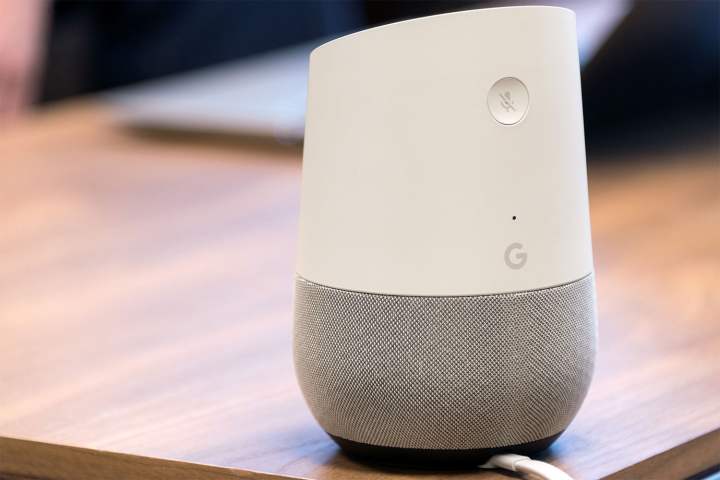
Google Home is continuing its trip around the world. In June, the Google Home and its little sibling, the Home Mini, were made available to buyers in Spain, Austria, and Ireland. The Google Home will set folks back 149 euros (about $173), while the Home Mini will cost 59 euros (about $68).
The availability of the smart speakers come just a month after a Google spokesperson noted that both products would be made available in seven new countries in 2018. At the time, those countries were Spain, Mexico, South Korea, the Netherlands, Sweden, Norway, and Denmark. The addition of Ireland and Austria seem to be new news, and may up Google Home’s total country count for 2018 to nine. That said, Google Assistant on the smart speaker still only speaks and understands English, French, German, Japanese, Italian, and Spanish — Austrian German, Slovenian, Gaelic, and Irish are not yet supported.
With the addition of these new markets, Google is slated to double the number of national markets in which the Home and Home Mini can be found. Including Spain, Austria, and Ireland, the Google Home is now available in 11 countries.
While Google is gaining ground on its main competitor Amazon in terms of its smart assistant, it remains the case that the Echo line of devices is far more broadly available than the Google Home. In fact, you can buy one of Amazon’s smart speakers in more than 80 countries around the world. However, this is dampened a bit by the fact that Alexa is only fluent in German, Japanese, and English.
Assistant, on the other hand, is much more proficient in languages. A few months ago, Google increased the number of languages its A.I.-based helper could speak from nine to 16, including Korean, Indonesian, Dutch, as well as a few Scandinavian languages. Those who speak Hindi can also now find support within Google Assistant, and just recently, Google Home speakers were made available in the south Asian nation. By the end of 2018, Google hopes that Assistant will be able to speak more than 30 languages.
Furthermore, Google revealed that support for manufacturers leveraging the Google Assistant SDK in order to bring Assistant to third-party hardware has also been introduced to 14 new countries. Indeed,
Updated on June 19: Google Home has come to Austria, Spain, and Ireland.


